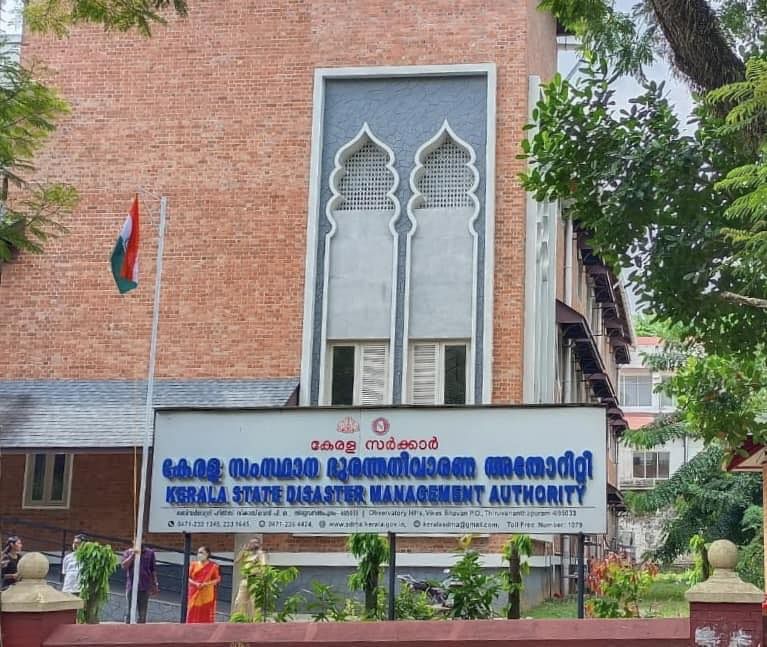
Bengaluru: Kerala Chief Minister Pinarayi Vijayan inaugurated KaWaCHaM on January 21, 2025, an advanced weather alert system aimed at improving disaster preparedness and response during extreme weather events fueled by climate change. The initiative comes in light of Kerala's repeated climate challenges, highlighted by the catastrophic floods in 2018 and the Wayanad landslide, which claimed 420 lives last year.
What Is KaWaCHaM?
KaWaCHaM, which stands for Kerala Warnings Crisis and Hazards Management System, symbolizes protection as its name translates to 'shield' in Malayalam. The Kerala State Disaster Management Authority (KSDMA) developed the system with funding from the National Disaster Management Authority and the World Bank as part of the National Cyclone Risk Mitigation Project. By integrating alerts, sirens, and global weather models, it aims to enhance early disaster preparedness and public safety.
Kerala launches 'KaWaCHaM' for real-time alerts in disaster-prone areas https://t.co/PX7w4Ijnpk
— Onmanorama (@Onmanorama) January 22, 2025
The system's features include hazard assessment, alert issuance, and action planning based on threat levels. Plans are in place to install 126 sirens and strobe lights across various locations, including government buildings and schools. It will utilize pre-recorded voice messages and audio alerts to deliver warnings effectively.
How Does KaWaCHaM Work?
KaWaCHaM consolidates all early warning mechanisms into a single framework, ensuring effective crisis monitoring and response. It operates at the taluk (subdistrict) level in susceptible areas and is overseen by the state emergency operation center. Shekar Kuriakose, KSDMA member secretary, emphasized that the updated Orange Book of Disaster Management includes protocols for all natural disasters, supporting officials in effectively addressing emergencies while following established Standard Operating Procedures (SOPs).
KaWaCHaM gathers data from diverse sources such as the India Meteorological Department, INCOIS, CWC, and various agencies, including social media and the Internet. It aims to issue warnings for sea attacks, heavy rainfall, strong winds, and extreme heat. Kuriakose mentioned that the system has multiple alert levels for various disasters, with corresponding sirens and signals, which will greatly aid regions frequently affected by floods and landslides.
Understanding Function Of KaWaCHaM
Each siren features three colors—red, yellow, and orange—in its strobe light and is equipped with eight loudspeakers, capable of broadcasting warnings up to 1,200 meters. They will carry crucial information about emergency shelters and safety measures, while special cameras ensure the sirens’ efficacy.

Discussions are ongoing with major social media platforms like WhatsApp, Facebook, Twitter, and Google API for community alerts, echoing US systems. Volunteer networks, like Samoohika Sannadhasena, will receive training in preparedness, rescue, and rehabilitation, with enhanced communication systems for people with disabilities, utilizing sign language and audio options.
Kerala Government's Involvement in KaWaCHaM Initiative
Shelter networks in Kerala have identified 20,000 buildings that can accommodate 400,000 individuals, including 17 specialized shelters. The State Emergency Operations Centre is tasked with coordinating the KaWaCHaM initiative. Thiruvananthapuram and Ernakulam are equipped with the most sirens, totaling 13 each, while Kottayam, Idukki, and Wayanad have the fewest, with five each.